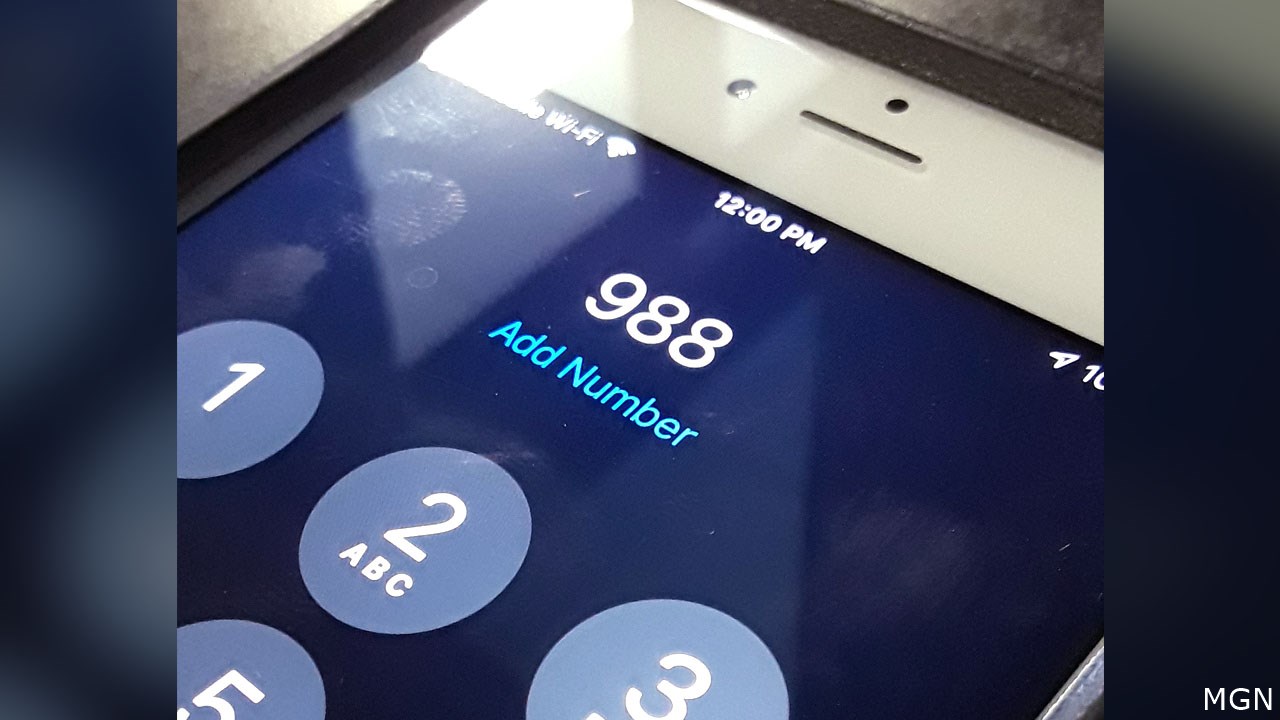New 3-digit national suicide prevention hotline starts July 16

(MGN)
Those across the U.S. will soon be able to dial a three-digit number to connect with suicide prevention and mental health crisis counselors.
Starting July 16, dialing 988 will route callers to the National Suicide Prevention Lifeline.
It’s something that has been in the works for years. After a nationwide push, the Federal Communications Commission formally designated 988 as the hotline number in 2020. In November, the agency approved texting access to 988.
When the change takes effect, the callers won’t have to remember or find the National Suicide Prevention Lifeline phone number, although that will still be available at its current number: 1-800-273-8255.
The hope is the shorter number will be easier to remember and increase accessibility to the life-saving resources that are available.
The national lifeline network, which has been operating since 2005, consists of more than 200 crisis centers.
Here is a list of suicide prevention and mental health resources:
- U.S. National Suicide Prevention Lifeline at 988 or 1-800-273-TALK (8255)
- Minnesota Department of Health’s Suicide Prevention Program
- Minnesota Department of Human Service’s adult mental health resources
- The National Alliance on Mental Illness (NAMI) – Minnesota
- Veterans Crisis Line at 1-800-273-8255, Press 1
- Minnesota Farm and Rural Mental Health Helpline at 833-600-2670, ext. 1
- Crisis Phone Line – In the Twin Cities metro area, call **CRISIS (**274747) from a cellphone to talk to a team of professionals who can help.
- Crisis Text Line – Text MN to 741741 to connect with a trained crisis counselor to receive free, 24/7 crisis support via text message.
If you believe someone is at risk of suicide, the U.S. Department of Health and Human Services suggests you:
- Ask questions about whether the individual is having suicidal thoughts.
- Call the U.S. National Suicide Prevention Lifeline at 988 or 1-800-273-TALK (8255).
- Seek help from a medical or mental health professional. If it is an emergency situation, take the person to a hospital.
- Remove any objects from a person’s home that could be potentially used in a suicide.
- Do not leave the person alone, if possible, until help is available.
The U.S. National Suicide Prevention organization has also compiled a list of resources to help with coping during the COVID-19 pandemic.